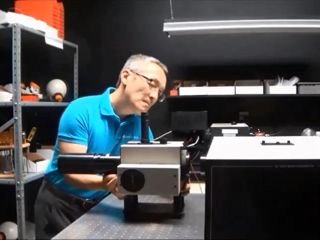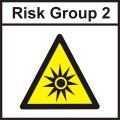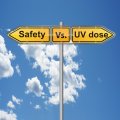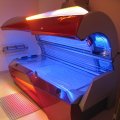Photobiological Risk Class Analysis
Aside photopic and colorimetrical stimuli of the human eye, other interactions of biological cells and processes are caused by optical radiation.
The risk of danger needs to be specified especially for the non-visible parts of the spectrum of a radiant source.

Know-How - Analysis for Rating Photobiological Safety
Risk classes and photobiological effects can be analyzed based onto measurements of the double-monochromator version of the OL 750D
IEC EN 62471 compatibel
The spectral radiance is being measured utilzing telescope optics modules of required variable viewing angles. Integrating sphere optics modules provide an optimum of cosine response detecting the spectral irradiance of sources
Covering entire wavelength range of 200nm to 3000nm
Special adapted components of the monochromatore and specific detection systems allow a fully automated measurement also above 1400nm

Sun Protection Factors and UV-Index
Double-monochromators for measurements of spectral transmission up to 5 Dekaden

Photobiological Safety
Measurements of spectral distributions over 200nm - 3µm for analysis acc. DIN EN 62471

Radiation Monitoring
Long-term data logging using single detectors

Solar UV-Radiation Measurements
Portable Spectroradiometers for analyzing Erythem-relevant radation also for sun light

Underwater Spectral Measurements
Spectroradiometer systems utilising water-proofed fiber optic probes and integrating spheres

Certification of Irradiance Chambers
Classification of spectral irradiance distributions acc. specific response functions
